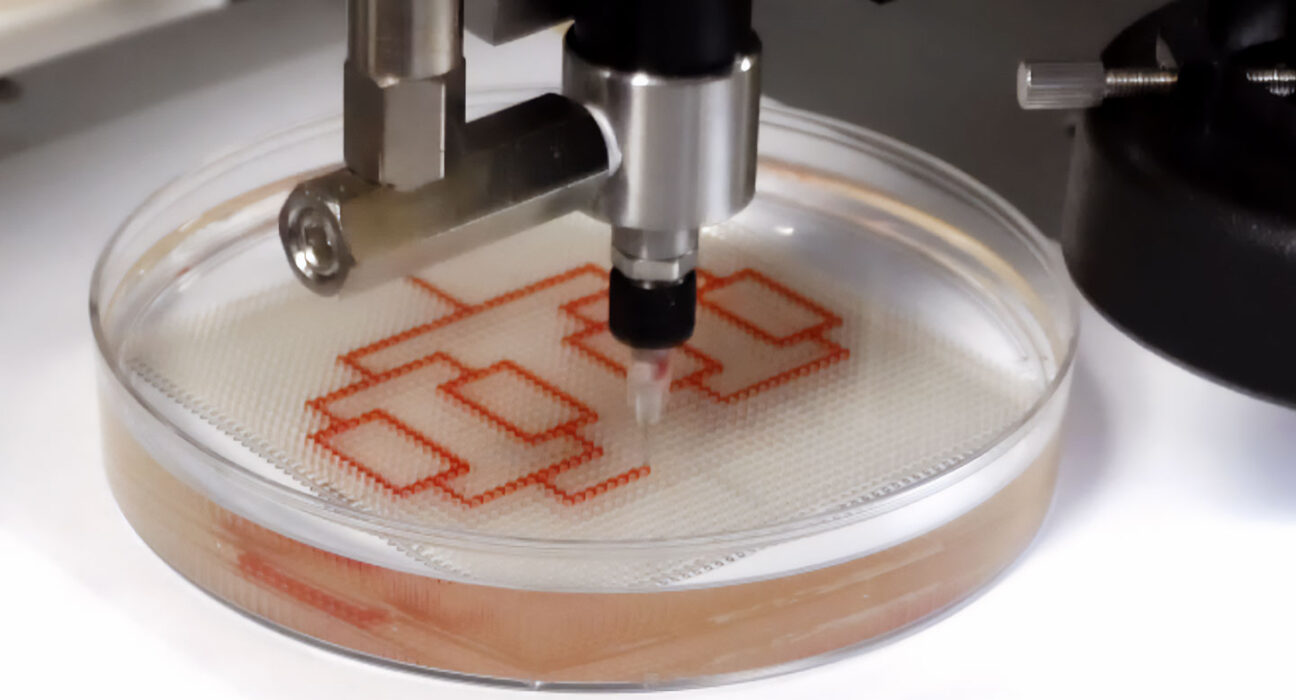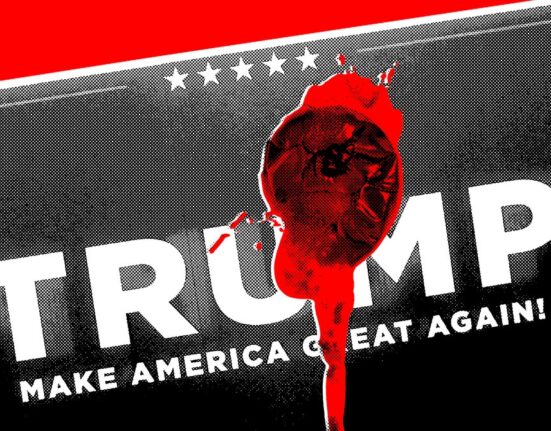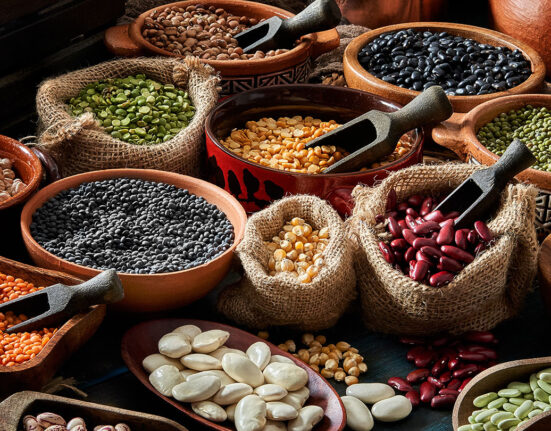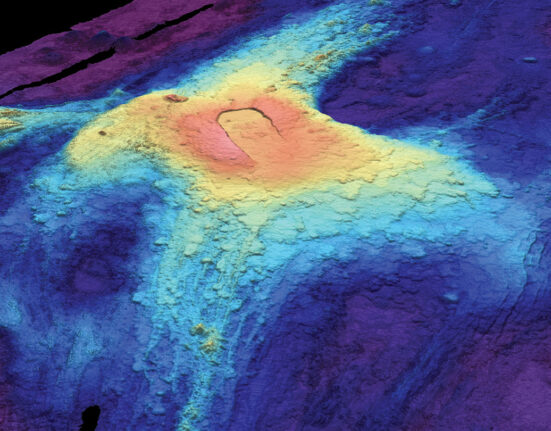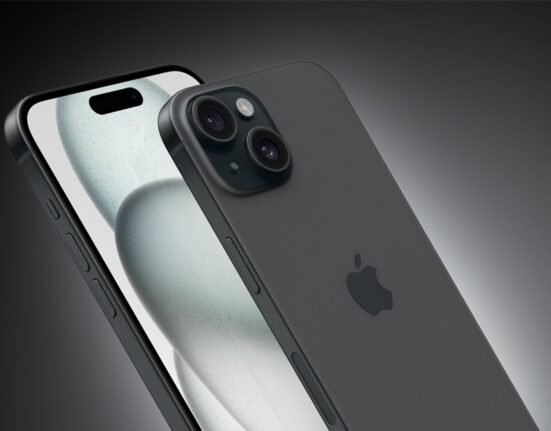3-D: Short for three-dimensional. This term is an adjective for something that has features that can be described in three dimensions — height, width and length.
battery: A device that can convert chemical energy into electrical energy.
blood vessel: A tubular structure that carries blood through the tissues and organs.
cell: (in biology) The smallest structural and functional unit of an organism. Typically too small to see with the unaided eye, it consists of a watery fluid surrounded by a membrane or wall. Depending on their size, animals are made of anywhere from thousands to trillions of cells.
chemical engineer: A researcher who uses chemistry to solve problems related to the production of food, fuel, medicines and many other products.
chemical reaction: A process that involves the rearrangement of the molecules or structure of a substance, as opposed to a change in physical form (as from a solid to a gas).
electric charge: The physical property responsible for electric force; it can be negative or positive.
engineering: The field of research that uses math and science to solve practical problems. Someone who works in this field is known as an engineer.
function: The specific role some structure or device plays.
grid: (in mathematics or mapping) A network of lines that cross each other at regular intervals, forming boxes or rectangles, or an orderly field of dots that mark where each pair of lines intersect, or cross one another.
inquiry: The act of exploring, or seeking, information by questioning; an interrogation.
literally: An adjective indicating that the phrase it modifies is precisely true. For instance, to say: “It’s so cold that I’m literally dying,” means that this person actually expects to soon be dead, the result of getting too cold.
network: A group of interconnected people or things. (v.) The act of connecting with other people who work in a given area or do similar thing (such as artists, business leaders or medical-support groups), often by going to gatherings where such people would be expected, and then chatting them up. (n. networking)
nozzle: A round spout or slot at the end of a pipe, hose or tube. Nozzles are typically used to control the flow of a jet of some high-pressure liquid or gas.
nutrient: A vitamin, mineral, fat, carbohydrate or protein that a plant, animal or other organism requires as part of its food in order to survive.
organ: (in biology) Various parts of an organism that perform one or more particular functions. For instance, an ovary is an organ that makes eggs, the brain is an organ that makes sense of nerve signals and a plant’s roots are organs that take in nutrients and moisture.
organoid: A mass of cells grown artificially (usually in a laboratory) to form some desired structure that resembles some organ in shape, function or both.
silicone: Heat-resistant substances that can be used in many different ways, including the rubber-like materials that provide a waterproof seal around windows and in aquariums. Some silicones serve as grease-like lubricants in cars and trucks. Most silicones, a type of molecule known as a polymer, are built around long chains of silicon and oxygen atoms.
system: A network of parts that together work to achieve some function. For instance, the blood, vessels and heart are primary components of the human body’s circulatory system. Similarly, trains, platforms, tracks, roadway signals and overpasses are among the potential components of a nation’s railway system. System can even be applied to the processes or ideas that are part of some method or ordered set of procedures for getting a task done.
technology: The application of scientific knowledge for practical purposes, especially in industry — or the devices, processes and systems that result from those efforts.
tissue: Made of cells, it is any of the distinct types of materials that make up animals, plants or fungi. Cells within a tissue work as a unit to perform a particular function in living organisms. Different organs of the human body, for instance, often are made from many different types of tissues.



